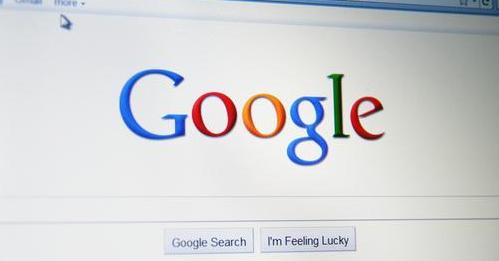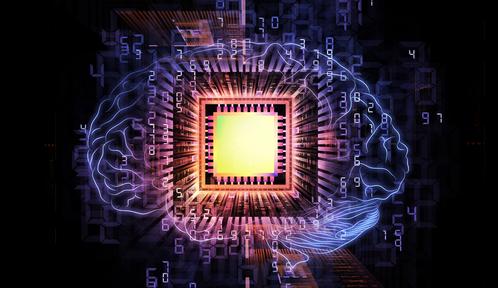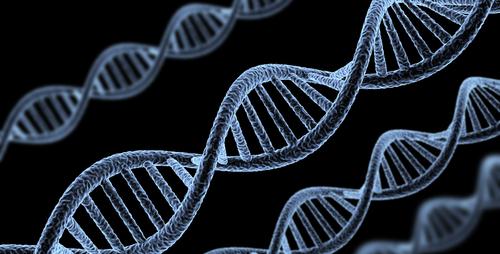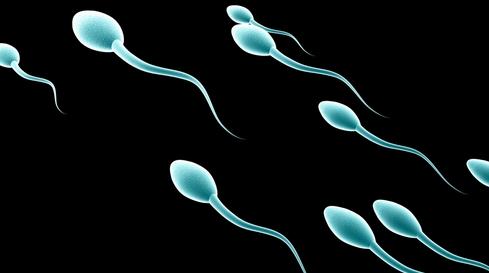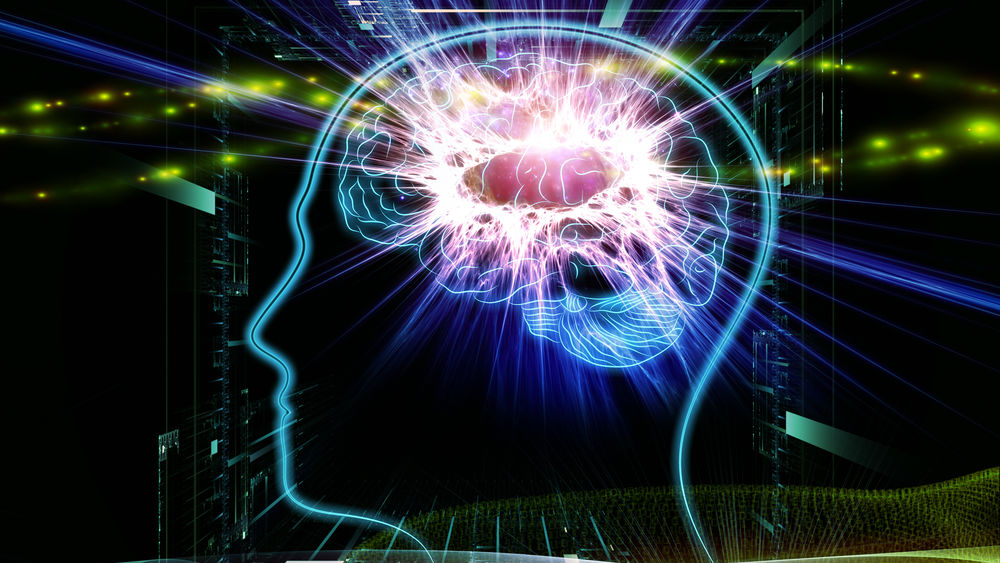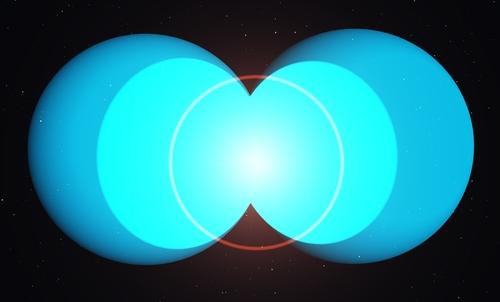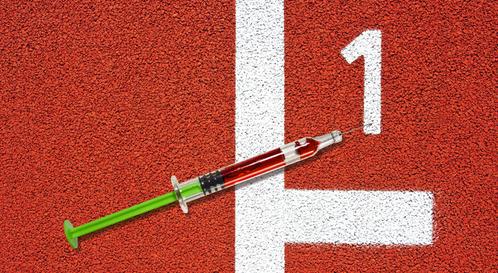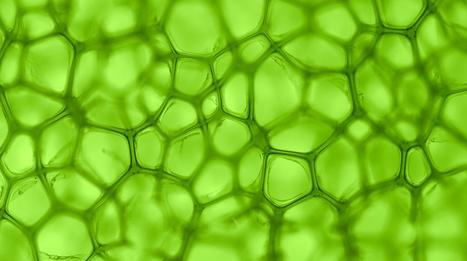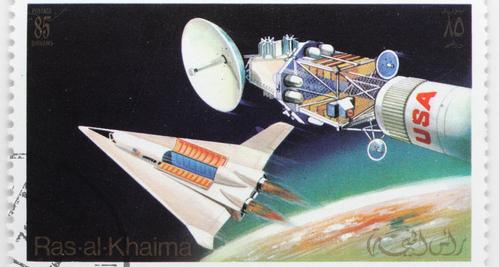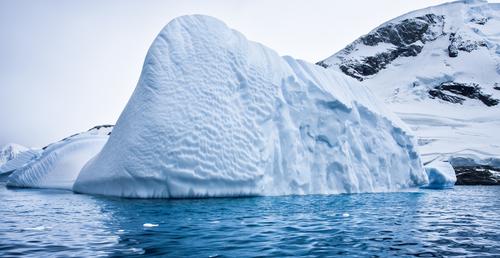Surprising Science
All Stories
Researchers have conducted a study, in combination with previous studies, to find the correlation between night shift workers and heart problems.
Today Roger Ebert of the Chicago Sun-Times has posted a thoughtful blog about universal health coverage, inspired in part by the tragic events in Aurora, Colorado. I’ve been involved in the […]
In animals of reasonable intelligence, a cause-and-effect logic is naturally present. Children, however, lack a concrete understanding of the world which encourages them to persist and learn.
I’m not sure if you’ve ever heard of an American runner named Billy Mills. Mills was the surprise winner of the gold medal in the 10k at the 1964 Tokyo […]
On a late winter day in 1922, the sound of a gun shot resounded with a loud boom in the hills surrounding the house of three-year-old Edgar Curtis. The sound itself wasn’t out of the ordinary, since the Curtises lived near a firing range. What was extraordinary was the question the boy turned to ask his mother: “What is that big, black noise?”
As a predictor of technological change, the little known Wright’s Law outperforms Moore’s Law, which famously (and mostly correctly) states that computer power doubles every 18 months.
A team of MIT and Harvard physicists have successfully turned a laser into a single beam of photons. The advance is essential to creating tomorrow’s quantum computers.
This year’s winner of the Google Science Fair is 17 year-old Brittany Wenger, who has coded a cloud-based computer program to think like the human brain and locate malignant tumors.
Researchers at Cambridge University have observed chemical reactions at the quantum level for the first time ever by isolating individual atoms and cooling them to incredibly low temperatures.
New calculations based on the mysterious nature of dark energy suggest the Universe will end by ripping itself apart 6 billion years before the infamous heat death is expected.
Since it was launched in 2009, NASA’s Kepler spacecraft has discovered more than 700 confirmed planets outside our solar system. Some may be quite appealing to humans in the future.
NASA has successfully tested a new and improved heat shield capable of carrying heavier payloads to higher latitudes on Mars. Managers are looking ahead to a manned mission.
Industry representatives have long coached their employees on the addictive properties of mobile devices. Now they are warning the public that there can be too much of a good thing.
Having found a way to measure the sensation of awe in laboratory settings, researchers have found that appreciating majesty helps us live in the present, making life more satisfying.
A young Russian entrepreneur is courting the world’s richest men and women to fund his plans to make humans immortal. Called the 2045 Initiative, the quicker funding is found, the better.
The governmental body that overseas European health regulations is set to be the first in the Western world to approve a specific gene therapy to treat a genetic disease.
A new technique used to sequence the genome of single sperm cells for the first time could pay dividends by making in vitro fertilization more reliable and even aiding cancer research.
In two recent experiments, animals got fatter at a faster rate when fed genetically modified food. Because the US lacks a labeling system for GM foods, consumers cannot make informed decisions.
Using stem cells, a nationwide team of scientists have been able to isolate the disease outside the human body, allowing them to test different variables and find better treatments.
What’s the Big Idea? Forget coffee and crosswords. If you want to supercharge your brain, you have to change your lifestyle. But only a few things about it. Here, we lay […]
Sensors that gather data from specific individuals using a particular buildings will transform homes and workplaces into dynamic spaces with an ever-pleasant ambiance.
These days, it seems that the same common concepts are stressed over and over in order to ensure team success. But I believe, from pee-wee to pro, that this standard […]
What’s the Big Idea? We all recall the scene from the Matrix when Neo (the “chosen-one”) gets wired to a computer and in a matter of milliseconds is programmed into […]
America’s National Ignition Facility has set a new record for the amount of energy generated by lasers. The experiment will be used to work toward creating laboratory-controlled fusion.
If we are interested in testing the physical limitations of human biology through sport, we should create a second Olympics which allows the use of performance enhancing drugs.
Delivering a lecture at Trinity College, Dublin, the American geneticist spoke on how modern science has changed the parameters of life and how we are close to creating synthetic life.
NASA is working with Lockheed Martin to design a diet for astronauts on their way to Mars. Food is such an essential part of the journey that one astronaut may be dedicated to meal preparations.
A nonprofit dedicated to researching the science and technology needed to travel vast distances across the cosmos says lasers can be used to harvest antimatter from the vacuum of space.
A chuck of ice 46 square miles in area has broken off the Petermann Glacier, according to the Canadian Ice Service. Scientists warn that rising ocean temperature could do further damage.
A rash of new companies have sprung up to meet the demand for transportation of crew and cargo to orbit and to the International Space Station left by NASA’s cancelling of the shuttle program.







